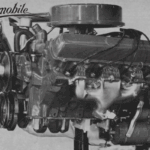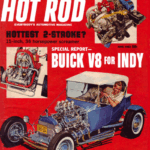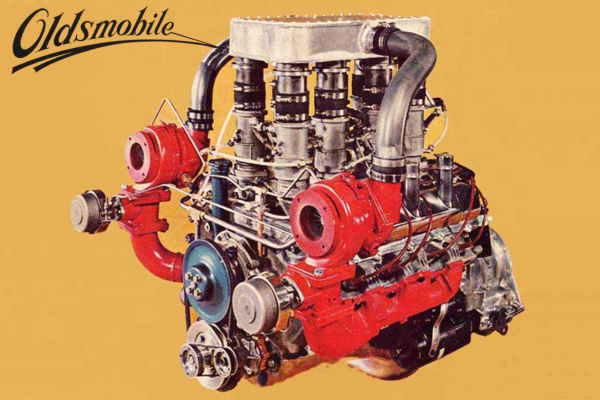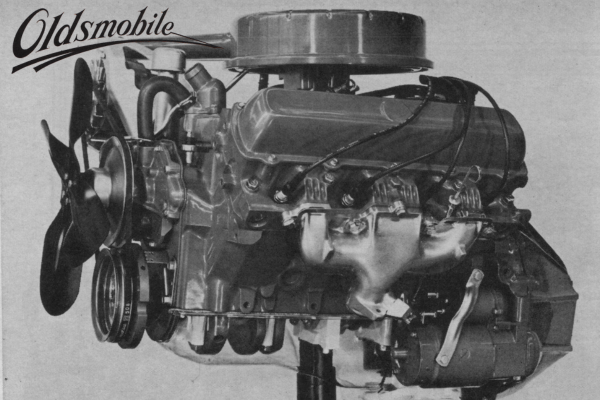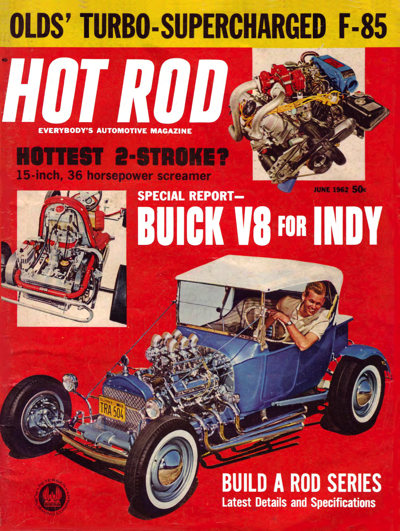Article By the staff of No Limits eMagazine, reproduce with permission only
Who conducts road tests for the purpose of reviewing the performance of cars?
Automobile road tests can be conducted by a variety of organizations, including automotive publications, consumer advocacy groups, and professional testing organizations. For this article, we are going to focus on magazine publications and whether can we trust the information they provide us.
Automotive publications: Many automotive publications, such as Car and Driver, Motor Trend, and Road & Track, conduct their own road tests of new cars. These tests are typically conducted by experienced automotive journalists who evaluate the car’s performance, handling, comfort, and features.
Some strengths of magazine road tests include:
-
- They provide a detailed and comprehensive evaluation of the car’s performance and features.
- They often include comparisons to other vehicles in the same class.
- They may be conducted on closed courses or test tracks, allowing for controlled conditions.
Some potential weaknesses of magazine road tests include:
-
- They may be influenced by the preferences and biases of the testers.
- They may not reflect real-world driving conditions or long-term reliability.
- They may not evaluate factors such as cost of ownership or resale value.

Road Tests
Click Here to See a Collection of Road Tests
How do they get the cars used in the road tests?
Yes, automotive publications typically borrow the cars they test from the automakers or their PR representatives. This allows the publications to evaluate the latest models and features without having to purchase the cars themselves. In some cases, automakers may provide specially prepared press cars for review, which may have different features or equipment than a standard production model.
While borrowing test cars is a common practice in the automotive industry, it can also create some potential conflicts of interest. For example, automakers may be more likely to provide favorable treatment or access to testers who have a positive track record with their brand, which could influence the tone or content of the review. Additionally, automakers may impose certain restrictions on the use or evaluation of their vehicles, such as limiting the testing to certain roads or conditions.
To help address these concerns, some publications have established editorial policies or guidelines to ensure transparency and independence in their testing. For example, some publications may refuse to accept any gifts or accommodations from automakers or may disclose any conflicts of interest in their reviews. Ultimately, it is up to readers to evaluate the credibility and reliability of any publication or review and to consider a variety of sources before making a purchasing decision.
Can we believe the results if these cars are specially selected for these road tests by the manufacturers?
The publications generally strive to provide accurate and unbiased road test reports based on their evaluation of a vehicle’s performance, features, and overall value. However, as with any review or evaluation, there is always the potential for subjectivity or bias.
It is important to keep in mind that automotive publications rely on automakers to provide them with vehicles to test, and this may affect the tone or content of their reviews. Automakers may be more willing to lend vehicles to publications that have a positive history with their brand and may restrict or influence the conditions under which the vehicles are tested.
Additionally, reviewers may have their own personal preferences and biases that can influence their evaluations. For example, a reviewer who is a fan of sports cars may give a higher score to a vehicle with sportier handling, while a reviewer who prioritizes fuel efficiency may give a higher score to a vehicle with better gas mileage.
Despite these potential sources of bias, many automotive publications have established editorial policies or guidelines to ensure transparency and independence in their testing. These may include policies to avoid conflicts of interest, such as refusing gifts or accommodations from automakers or disclosing any relationships with the companies or products being reviewed.
Who started these road tests and when?
The first known publication to conduct a road test of an automobile was The Horseless Age, a magazine focused on the automotive industry that was first published in the United States in 1895. The magazine conducted a road test of a Benz automobile in 1895, evaluating the car’s speed, fuel economy, and handling. This road test is considered to be the first known example of an automotive publication testing a vehicle in a structured, systematic manner.
Over the years, many other publications have followed in The Horseless Age’s footsteps, conducting their own road tests of new cars and reporting on their findings. Today, there are numerous automotive publications that specialize in road tests and reviews, ranging from consumer-focused magazines to industry trade publications.
We would love to add a copy of this to our collection if you know of one let us know.
Evolution of road tests over time
Since the first road test was conducted by The Horseless Age in 1895, the practice of evaluating automobiles has evolved significantly over time. Here are some key ways in which road tests have changed and evolved over the years:
-
Standardization: In the early days of automotive road testing, there were no standardized methods or protocols for evaluating cars. Reviewers often relied on their personal impressions and experiences, and there was little consistency in how cars were evaluated. Today, most automotive publications use standardized protocols for their road tests, which include tests of acceleration, braking, handling, and fuel economy.
-
Increased technology: As cars have become more advanced and sophisticated, so too have the tools used to evaluate them. Today’s road tests often use specialized equipment, such as data loggers, dynamometers, and GPS trackers, to collect precise and objective data on a vehicle’s performance.
-
More comprehensive evaluation: In the early days of road testing, reviewers focused primarily on a car’s speed and handling. Today, road tests evaluate a wide range of factors, including safety features, infotainment systems, interior quality, and fuel economy, among others. This more comprehensive approach reflects the increasing complexity of modern automobiles and the changing priorities of car buyers.
-
Emphasis on sustainability: With concerns about climate change and environmental impact growing, many road tests now include evaluations of a car’s environmental performance, such as its emissions levels and fuel efficiency. This reflects a broader shift in the automotive industry towards more sustainable and eco-friendly practices.
In conclusion
While road tests have become a more rigorous, standardized, and comprehensive way of evaluating automobiles over time. As technology and consumer preferences continue to evolve, it is likely that road tests will continue to evolve and adapt to meet these changes. Overall, automotive publications can provide valuable insights into the performance and features of vehicles, but readers should approach these reviews with a critical eye and consider a range of sources before making a purchasing decision.






